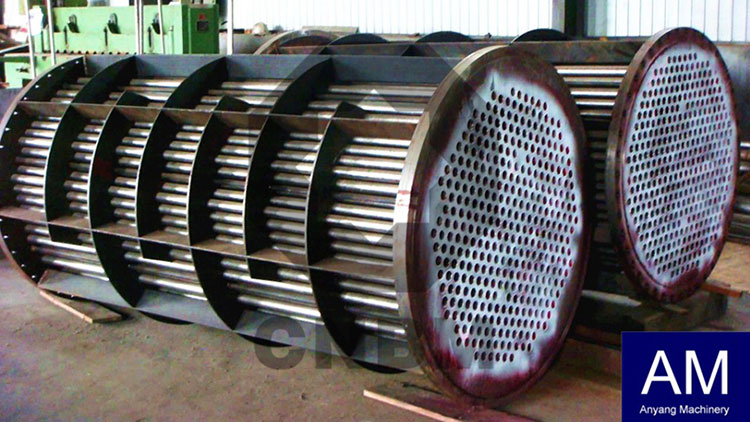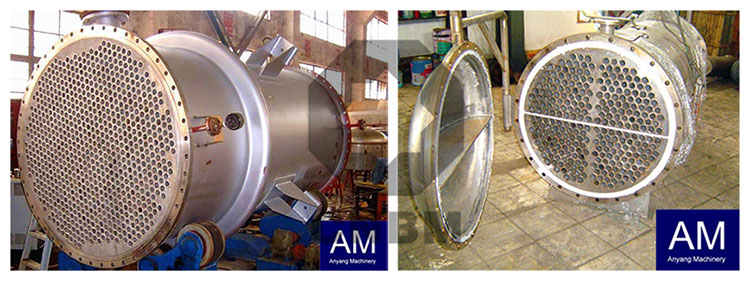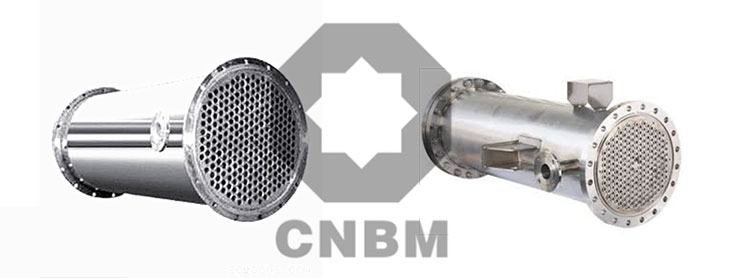heat exchanger
Heat exchanger (also known as heat exchangers or heat exchanger equipment) is devices used to transfer heat from hot to cold fluids to meet specific technical requirements. It is an industrial application of convection heat transfer and heat conduction. Heat exchangers can be used in washing and bleaching sections as well as in many other industries.

Heat exchanger advantages
Energy-efficient
- The raw materials are all stainless steel with long service life about 20 years or more.
- By changing laminar flow to turbulent flow, heat transfer efficiency is improved and thermal resistance is reduced.
- Fast heat exchange, high temperature resistance (400°C), high pressure resistance (2.5 Mpa).
- Compact structure, small area, light weight, convenient installation, saving civil investment.
- Low maintenance cost, easy operation, long cleaning cycle and easy cleaning.
- Flexible design, complete specifications, practical and targeted, saving money.
- Wide application conditions, suitable for large pressure, temperature range and heat exchange of various media.
- Using nano-thermal film technology, significantly increase the heat transfer coefficient.
- Wide application fields, can be widely used in thermoelectricity, factories and mines, petrochemicals, urban central heating, food and medicine, energy electronics, mechanical light industry and other fields.

Heat exchanger working principle
The stainless steel heat exchanger adopts the latest heat transfer technology of eddy current heat film to increase the heat transfer effect by changing the moving state of the fluid. When the medium passes through the surface of the vortex tube, the hot fluid flushes the surface of the tube to improve the heat transfer efficiency.
This structure realizes corrosion resistance, high temperature resistance, high pressure resistance and anti-scaling function. The flow channel of other types of heat exchangers is a fixed flow mode, which forms the flow around the surface of the heat exchange tube, thus reducing the convection heat transfer coefficient.
The main characteristic of vortex heat exchanger is the unity of economy and safety.
Considering the flow relationship between heat transfer tubes and shells, turbulence is not forced by baffles, but by natural induction between heat transfer tubes to form alternate eddy currents. And ensure that the heat transfer tube does not rub against each other to maintain due vibration.
The rigidity and flexibility of heat exchangers are reasonable and they will not collide with each other, which not only overcomes the damage caused by the collision of floating coils and heat exchangers, but also avoids the problem of easy scaling in ordinary shell and tube heat exchangers.


